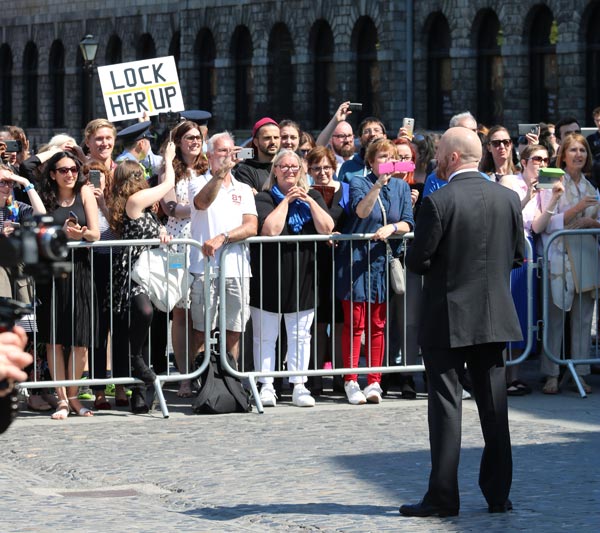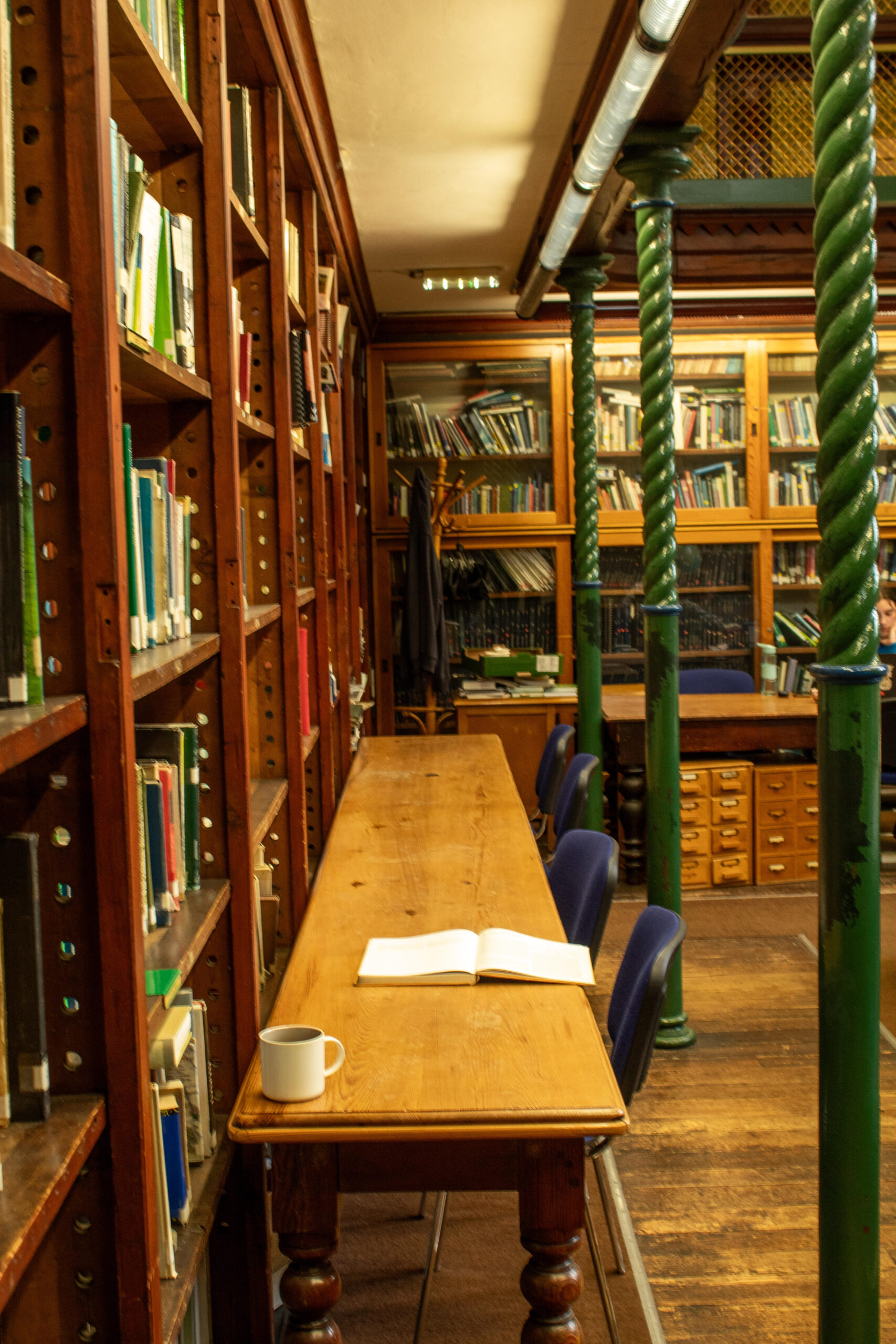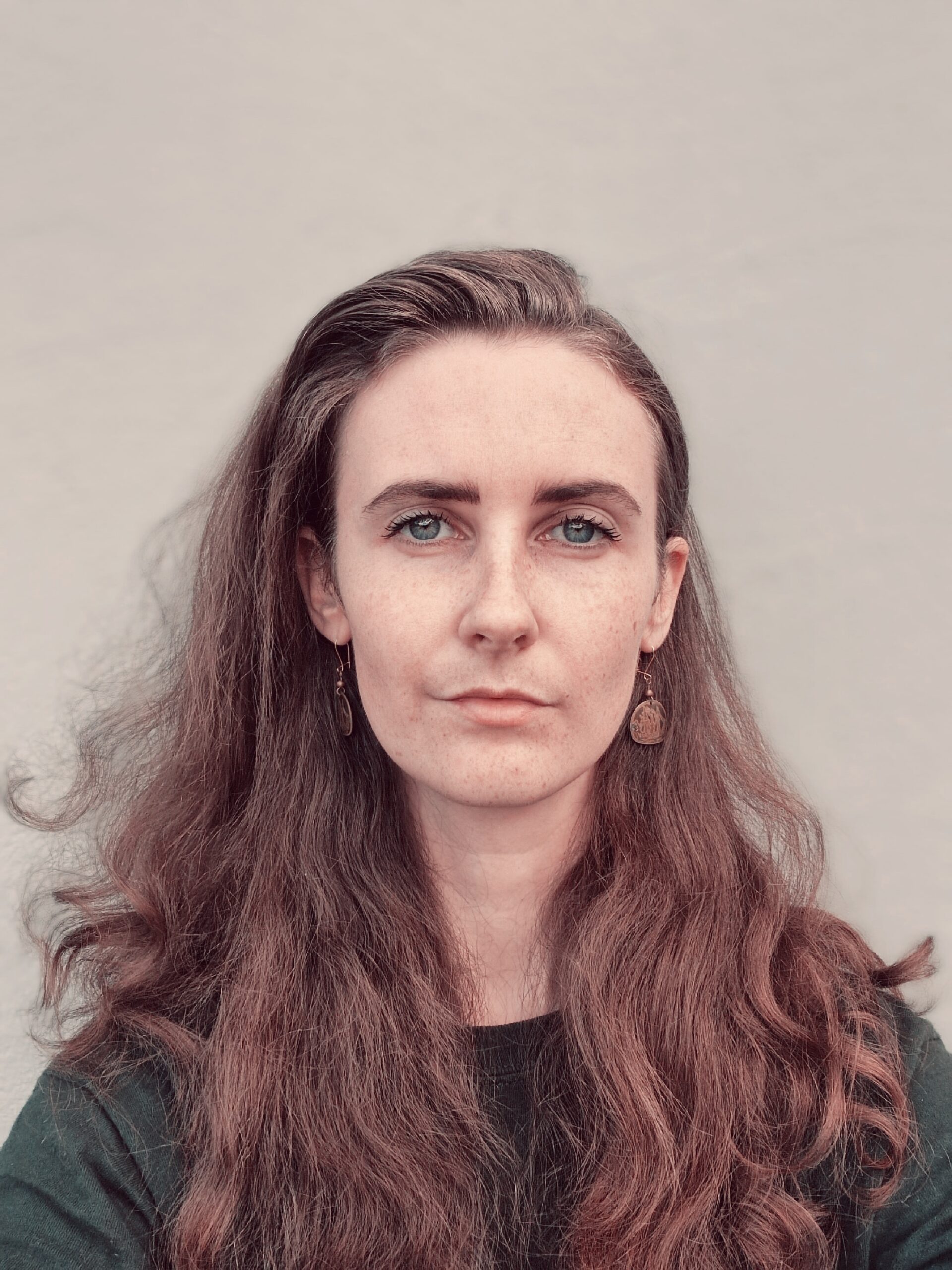When Oxford’s Vice-Chancellor Louise Richardson told a crowd at the Times Higher Education World Academic Summit that it wasn’t her job to give students a comfortable education, she experienced immediate backlash. The concept of free speech and all that it entails has become a flashpoint in universities across the world. The truth is, however, there is little evidence to show whether this is a new phenomenon or simply a more documented one.
Since the rise to power of US President Donald Trump, a man with a penchant for tweeting whatever comes into his mind, we have all had to confront uncomfortable arguments. Campus communities, already often a feeding ground for divisive debate, are struggling to adapt. The cancellation of speakers often hits national and international media, while academics regularly find themselves the victims of online hate campaigns.
In the UK, the situation was perceived to be so fragile that an inquiry was launched into the state of free speech in universities. While it was found that there were certain factors impeding speech rights, the inquiry also said that the media was exacerbating the situation. However, Prof Dennis Hayes, the founder of Academics for Academic Freedom and lecturer at the University of Derby, says that he has seen “a sharp increase in the last year or so” of these events in the UK. Speaking to The University Times, Hayes says that “now, even defending free speech can put you under threat”.
“If you hear an extreme speaker, you can challenge them and that’s the important part of free speech”, he explains. “The idea of no-platforming is you’ve given somebody a platform. It’s not a platform. It is putting them in front of people who can challenge them and judge them and certainly students can challenge them.”
While often students are accused of being snowflakes – which some see as a lazy attempt to explain why these conversations are being shut down – Hayes believes that it is too easy to just blame them. He explains that many academics have allowed the change to happen. “They’ve never challenged the issues about no-platforming or they’ve never really fought for their own right to have academic freedom. I think that’s part of the issue. They’ve just gone quiet”, he says.
It was with surprise that Sanford Ungar, the inaugural Director of the Georgetown Free Speech Project, found a large and growing number of free speech incidents across the US through the project’s free speech tracker. With the project set up to establish the condition of the first amendment in the US, Ungar said that they are currently struggling to keep up with the number of incidents. Speaking to The University Times, he explained that often the conversation around free speech “has been captured primarily by the extreme right”. Taking that premise, he said that “we didn’t really know enough about the extent to which freedom of speech is truly threatened and what the nature of that threat is”. In an attempt to establish this, the Free Speech Project has a tracker, which can be viewed on its website, of incidents around the US. It also follows court cases that may have implications for free speech while also providing a series of talks with various experts and members of the media on the issue.
“If you hear an extreme speaker, you can challenge them and that’s the important part of free speech”
At present, the tracker has captured over 140 incidents, a number which could be much higher. Ungar is quick to point out, however, that some of our conventional wisdom on the issue of free speech may be misleading. “I believed that college campuses were overwhelmingly left wing – the students and the faculty – and that it was a tough place for more conservative students and while there may be symptoms, there is quite a lot of speech on the other side being squelched”, he explains.
For Ungar, the project isn’t about saying that one group of people are right and the other are wrong: “We don’t believe that the two sides sometimes have equal merit to their cause but at the same time we’re not trying to rank people or rate people or call them names or give a seal of approval or disapproval to particular universities or groups of people.”
Zachary Greenberg, the Program Officer of the Individual Rights Defense Program at the Foundation for Individual Rights in Education (FIRE), said that they generally see an increase in the amount of incidents when students return to university and at the end of the year when people use commencement addresses to convey controversial opinions. While he says he doesn’t know if overall the events have been increasing or decreasing, he agrees that media cover free speech issues “more than they have in the past”. FIRE, an American organisation, was set up to help defend the individual rights of staff and students across America.
It therefore remains to be seen whether there is a true increase in the number free speech-related incidents but there is a certainty that people are paying more attention to them now. Clashes between students and proposed speakers have been recorded across the globe. Well-known names like Milo Yiannopoulos and Germaine Greer have been removed from campuses in a flurry of unpleasant and unsafe protests. In Trinity, the Gardaí shut down an event organised with the Israeli ambassador for fears that a protest would turn violent.
“We tend to find that censorship is a pretty bipartisan issue”, says Greenberg. “A lot of people across the political spectrum have been censored across campuses. It is generally those on campus that have a minority view.”
“Where the conflict really arises at many universities is that students are asked to listen to things that they feel challenges their very personhood”, explains Ungar. “Sometimes I think I understand the frustration under which some of those things arise but it is not a solution. By silencing people, tearing down posters and things like that – it’s not going to cause people to come around and have the same view. It is ineffective, it is rude and it is objectionable.”
Despite feeling that it is a rarity, Hayes applauds senior staff members at universities who come out in favour of free speech. He describes Richardson as “a real hero of mine” following her comments. However, Hayes feels that soon the danger won’t be loud student protests but instead that a mood of acquiescence will hit campuses and people will no longer invite challenging ideas. “It is just a climate where people find anything offensive and that’s the danger of it”, he explains. “It’s so subjective you can’t predict who is going to get banned or censored. If you’re a member of staff at a university or an academic, you just make sure you don’t do or say anything that is emotionally fraught.”
Well-known names like Milo Yiannopoulos and Germaine Greer have been removed from campuses in a flurry of unpleasant protests
One university that has made its stance on free speech abundantly clear is the University of Chicago. The formation of the Chicago principles in 2014, a set of guidelines that the university promised to uphold when it came to freedom of speech and expression, saw several other major universities also commit to the cause. Speaking to The University Times, University of Chicago’s Provost, Daniel Diermeier, explains that the principles were constructed following concern that “this environment of intellectual freedom and freedom of expression was being slowly undermined or questioned”.
“For us, our position on freedom of speech is really rooted in the purpose of what universities are”, he says. “You need an environment where people can question each other.”
Explaining that it is important to have a process that is “as free as possible”, he explains that this environment leads to a situation where “ideas are more profound”. “It allows people to have a mindset that is aware of assumptions, scope of arguments, what is an argument, what isn’t an argument”, he says. “Our commitment to freedom of speech is really rooted by this commitment to creating the maximum freedom for our faculty and students to develop their own ideas.”
Currently over 40 universities – including prestigious names such as Columbia, Princeton, Johns Hopkins and Georgetown – have opted to abide by the Chicago Statement. The government of Ontario has even linked the funding of the provinces’ universities to whether or not they have adopted the policy. Meanwhile, the legislature in California passed a non-binding bill asking universities to consider applying these principles. Diermeier says that it “wasn’t the intent” to have other universities pick up their policy but, despite the surprise, they are pleased that people found it relatable. However, the commitment was nothing new for the University of Chicago. While the dedication to free speech has taken different forms, Diermeier says that “every President has kind of reaffirmed that in its specific context”.
“In the 1930s and 1940s that meant that we had the presidential candidate from the Communist Party speaking on campus. Then later during the McCarthy years it meant something else and then during the 1960s it meant something else and then in the current environment it was important to us to reaffirm our commitment to free speech in the specific historical and political context that we are operating in”, he explains.
Like any institution or person with strong views on free speech, the university has attracted ire both nationally and internationally for its stance. In 2016, a letter by the Dean of Students, John (Jay) Ellison, to the class of 2020 was picked up by media organisations nationally and internationally for its candid approach:
“Our commitment to academic freedom, means that we do not support so-called ‘trigger warnings’, we do not cancel invited speakers because their topics might prove controversial and we do not condone the creation of intellectual ‘safe spaces’ where individuals can retreat from ideas and perspectives at odds with their own.”
The Dean’s letter touched on two issues that have proven almost as fiery as the concept of free speech. While trigger warnings and safe spaces are designed to help students deal with confronting ideas, they have been used as evidence by the free speech advocates that people can’t cope with certain arguments. With trigger warnings acting as a notice that content may be offensive, safe spaces give people who feel marginalised in debates a place to go to discuss their experiences. Despite best intentions, both have been criticised for sheltering students too much.
Ungar believes that better structures, rather than simply shying away, would go a long way in helping students confront contentious discussions. “I think very often speakers come in, say their piece and they get to leave without being challenged”, he explains. “I think universities need to say – look, if you’re going to come to our place and you’re going to express these views that some people view as anathema or threatening or frightening, you must answer their questions.” Creating panels is another way he believes that proper discussions can be held without an event descending into bedlam.
While much of the worry about free speech is the violence that sometimes accompanies it, Hayes and Greenberg are much more concerned about academics and staff just avoiding contentious topics to ensure they are not subjected to protests or possible sanctions. “Certainly I think we’re seeing a narrowing of the acceptable bounds of discourse on college campuses, which is really an issue because college should be an area where students feel more free to express their views and to really understand the intricacies of the subjects they’re following”, says Greenberg.
It would be wrong to say that universities haven’t been dealing with these issues for decades. However, the ease of international travel and the addictive nature of social media means that our words have a much larger reach. An event in one university sparks off debate in another unsuspecting institution. Some speakers look for the trouble and enjoy the notoriety. For others, it is a shock that is difficult to recover from. While currently talk of free speech is often accompanied by a bristling from the assembled crowd, it is becoming more mainstream. Hayes says that free speech societies are becoming more common in the UK and open dialogue with unions and other interest groups has proved fruitful. Greenberg has also seen an increase in the amount of universities looking to implement structures to avoid explosive events and promote constructive conservation instead.
“I think the future we imagine is that people give each other the benefit of the doubt. That they don’t demonise their enemies in terms of imputing bad motives to their speech. We believe in a future that students can come to college campuses and can feel completely safe to express their deepest held views and to argue for those deepest held views”, says Ungar.







